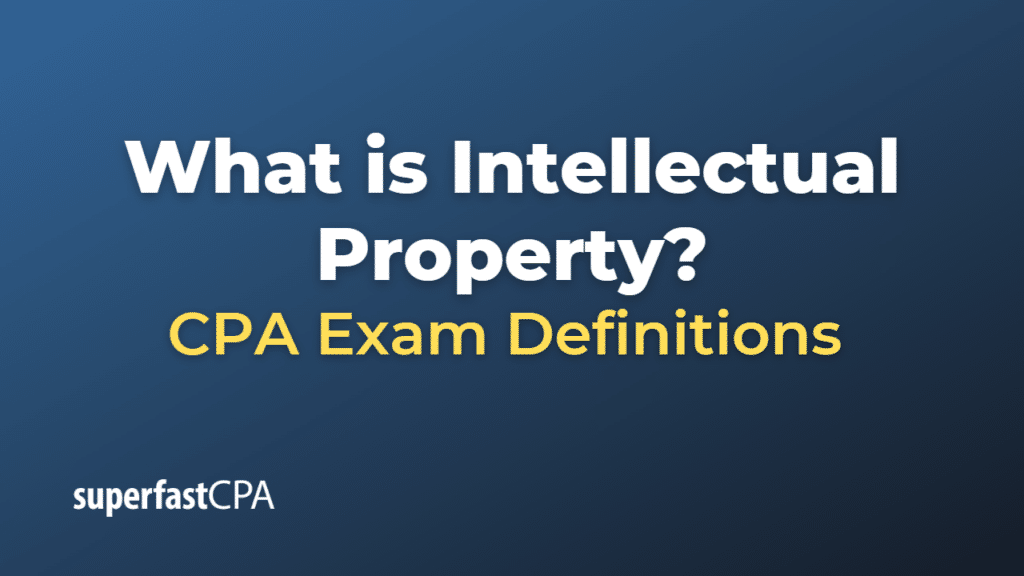Intellectual Property
Intellectual Property (IP) is a category of property that includes intangible creations of the human intellect. It broadly covers the legal rights that result from intellectual activity in the industrial, scientific, literary, and artistic fields.
Intellectual Property can be divided into two categories:
- Industrial Property includes patents for inventions, trademarks, industrial designs, and geographical indications.
- Copyright covers literary works (such as novels, poems, and plays), films, music, artistic works (such as drawings, paintings, photographs, and sculptures), and architectural designs. Rights related to copyright include those of performing artists in their performances, producers of phonograms in their recordings, and broadcasters in their radio and television programs.
The purpose of intellectual property law is to encourage the creation of a wide variety of intellectual goods by giving creators and inventors legal protection for their works. The theory is that granting individuals exclusive rights to the fruits of their creative efforts will incentivize further creative and innovative activities.
For example, if you invent a new kind of device, you would apply for a patent to protect your invention. This would prevent others from making, using, or selling the device without your permission. Similarly, if you write a novel, you’d own the copyright to it, and others couldn’t publish or sell your novel without your approval.
Example of Intellectual Property
Let’s consider the example of Apple Inc., a technology company known for its innovative devices.
- Patents (Industrial Property): Apple owns thousands of patents that cover a broad range of technologies. For instance, when Apple developed the iPhone, it patented many parts of its operating system, design, and several unique features. One of its famous patents is the “slide-to-unlock” feature, which was a novel user interface at the time of its introduction.
- Trademarks (Industrial Property): Apple has registered trademarks for its company logo (the bitten apple), the name “Apple,” and product names like “iPhone,” “iPad,” “Mac,” etc. These trademarks help protect Apple’s brand identity and prevent other companies from causing confusion among consumers by using similar names or logos.
- Industrial Designs (Industrial Property): Apple is known for its unique and minimalistic product designs. It has various registered designs that protect the aesthetic appearance of its products, preventing other companies from making products that look identical or similar.
- Copyright (Copyright Category): Apple also owns copyright for its software, including its operating systems like iOS and MacOS. This prevents others from copying and distributing Apple’s software without permission. Moreover, Apple’s marketing materials, user manuals, and website content are also protected by copyright.
- Trade Secrets: Apple maintains strict secrecy around its product development process. The details about these processes, such as manufacturing methods or future product plans, are considered trade secrets. Though not always formally protected by law like patents or trademarks, trade secrets are nonetheless a critical part of Apple’s intellectual property.
Through these various forms of intellectual property, Apple can protect and capitalize on the innovations it creates, maintaining a competitive advantage in the market and fostering continued creativity and innovation.














